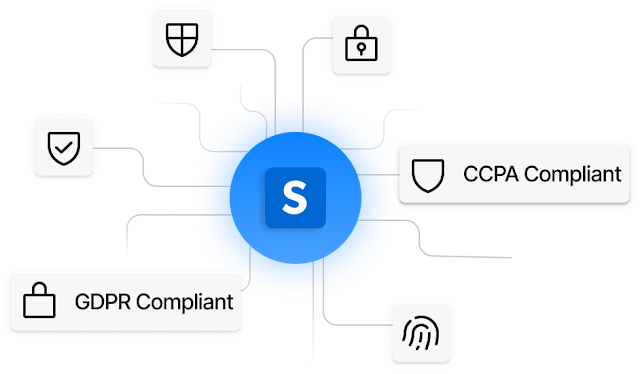How to Extract and Scrape Data from LinkedIn Efficiently
LinkedIn has become a goldmine for professionals seeking connections, business opportunities, and valuable insights. However, manually gathering the wealth of information available on this platform can be time-consuming. This is where the ability to extract or scrape data from LinkedIn proves invaluable. With the right approach, you can collect vast amounts of relevant data swiftly, transforming it into actionable insights for recruitment, sales, or market analysis.

What is LinkedIn Data Extraction?
LinkedIn data extraction refers to the process of collecting specific information from LinkedIn profiles, pages, or posts. This information might include job titles, contact details, professional histories, and even insights from groups and comments. Extracting data from LinkedIn can be highly useful for recruitment agencies or businesses looking for potential leads. However, it’s essential to approach this process carefully, as LinkedIn has strict guidelines against using automated tools improperly.
How to Extract Data from LinkedIn?
Extracting data from LinkedIn requires either manual efforts or the use of specialized tools to automate this task. If you decide to go the manual route, you’ll need to sift through LinkedIn profiles and input the required information into your database manually. On the other hand, automating this process allows for efficient data collection. Several tools can help you extract data from LinkedIn in a compliant manner, enabling you to focus on how best to use the data rather than collecting it.
What is LinkedIn Scraping?
When you scrape data from LinkedIn, you are using a specialized software or service to extract large amounts of data automatically. The goal of scraping is to speed up the process of gathering information without manual intervention. Scraping can include data such as company details, employee statistics, or even job listings. LinkedIn scraping is especially beneficial for large organizations that need vast data sets for business intelligence, sales prospecting, or human resources needs.
How to Scrape Data from LinkedIn?
LinkedIn scraping requires tools that can navigate the platform without triggering alarms or violating LinkedIn’s terms of service. It’s important to use tools designed with ethical practices in mind, which extract only the necessary data without overstepping boundaries. Automated scraping services can gather information on thousands of users in a short time, presenting it in a structured format for easy analysis. These tools help users scrape data from LinkedIn in a way that aligns with the platform’s regulations.
Legal Considerations for LinkedIn Scraping:
While extracting and scraping data from LinkedIn can be highly effective, you must remain aware of the legal restrictions. LinkedIn has policies in place to prevent unauthorized scraping, particularly when it comes to collecting personal data. Make sure that you are using approved tools and techniques that adhere to LinkedIn’s terms of service. Failing to do so could result in account suspension or other legal consequences. Always ensure your methods respect data privacy laws and platform guidelines.

Conclusion:
Extracting and scraping data from LinkedIn can be a game-changer for businesses and professionals looking to gather important information quickly and efficiently. However, it’s essential to use these techniques responsibly, ensuring compliance with LinkedIn’s rules. For those seeking an effective and ethical way to extract or scrape LinkedIn data, Scrapin.io offers reliable solutions tailored to your business needs. Visit Scrapin.io to explore data extraction tools that work within legal boundaries and help you achieve your goals efficiently.


Comments
Post a Comment